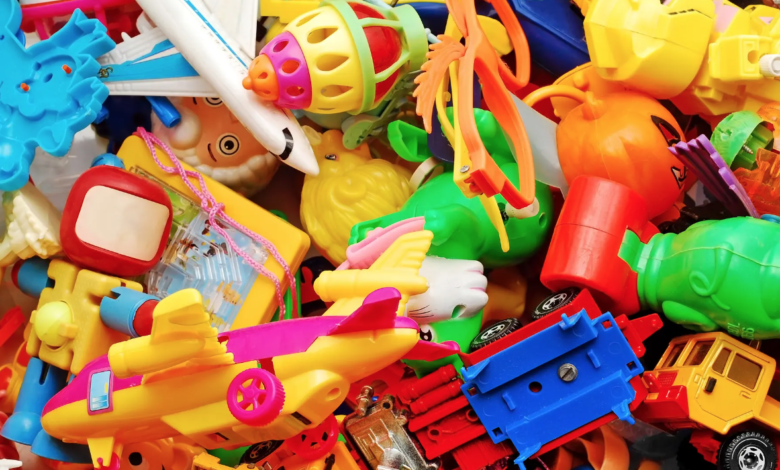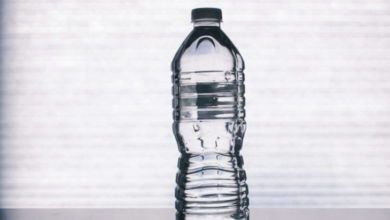Toxins in old toys, are an obstacle to the circular economy
(Sustainabilityernvironment.com) – In each family, there are toys, objects, or clothing that pass from generation to generation, but research has shown that in many cases they contain high concentrations of toxins harmful to health.
The toys of older brothers and sisters, the old abandoned clothes of cousins or various relatives but also donations or items recovered for charity: Reuse is believed to be a virtuous practice tout court, but the team of researchers at the University of Gothenburg’s Interdisciplinary Centre for Future Chemical Risk Assessment and Management Strategies (FRAM) believe otherwise. The group found that 84% of the test sample items had high concentrations of toxins that could cause problems with children’s growth, development and reproductive abilities. This is a very strong material obstacle for the circular economy. Professor Bethanie Carney Almroth, who coordinated the research, explained that “Concentrations of toxic substances were significantly higher in older products. For example, many of the old balls have phthalate concentrations totaling more than 40% of the toy’s weight, which is 400 times higher than the legal limit”.
Many old toys contain dangerous toxins
The research was conducted on a sample of 157 different toys, old and new, and 84% of older toys found concentrations of toxins well above legal limits. It is not just a question of second-hand goods: new toys and articles of clothing were also affected, albeit with a lower percentage of 30%.
Among the substances under the lens of researchers are phthalates and short-chain chlorinated paraffin, widely used in the past as plasticizers or flame retardants for toys.
The study was presented in an article in the Journal of Hazardous Materials Advances in which scientists explained that many of these toxic substances can cause cancer, DNA damage or problems for children’s future reproductive abilities.
At present, the presence of these substances in toys for children is regulated at the European level by the Toy Safety Directive, which lays down maximum permissible levels for harmful substances such as these toxins. The present limit value is 0,1 % by weight for phthalates and 0,15 % by weight for short-chain chlorinated paraffin.
“The study indicates that re-use and recycling is not always automatically a good thing – commented Daniel Slunge, Environmental Economist at the University of Gothenburg, which considers that it is more problematic how to make an ecological transition – The transition to a more circular economy requires bans and other policy measures that eliminate hazardous chemicals from plastics and other materials. Although the Toy Safety Directive has been instrumental in reducing the incidence of hazardous chemicals in toys, it has only been applicable to new toys, not old ones”.






